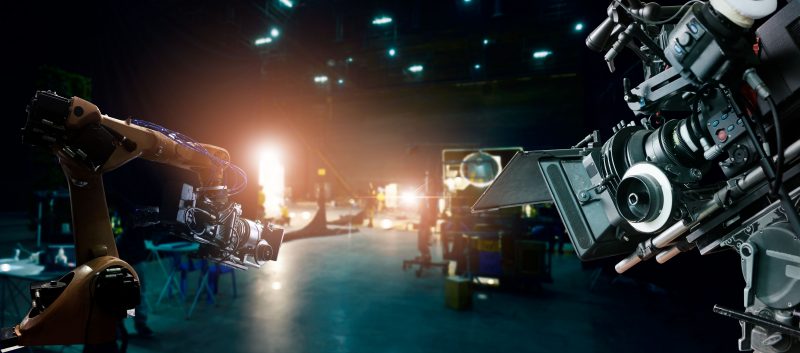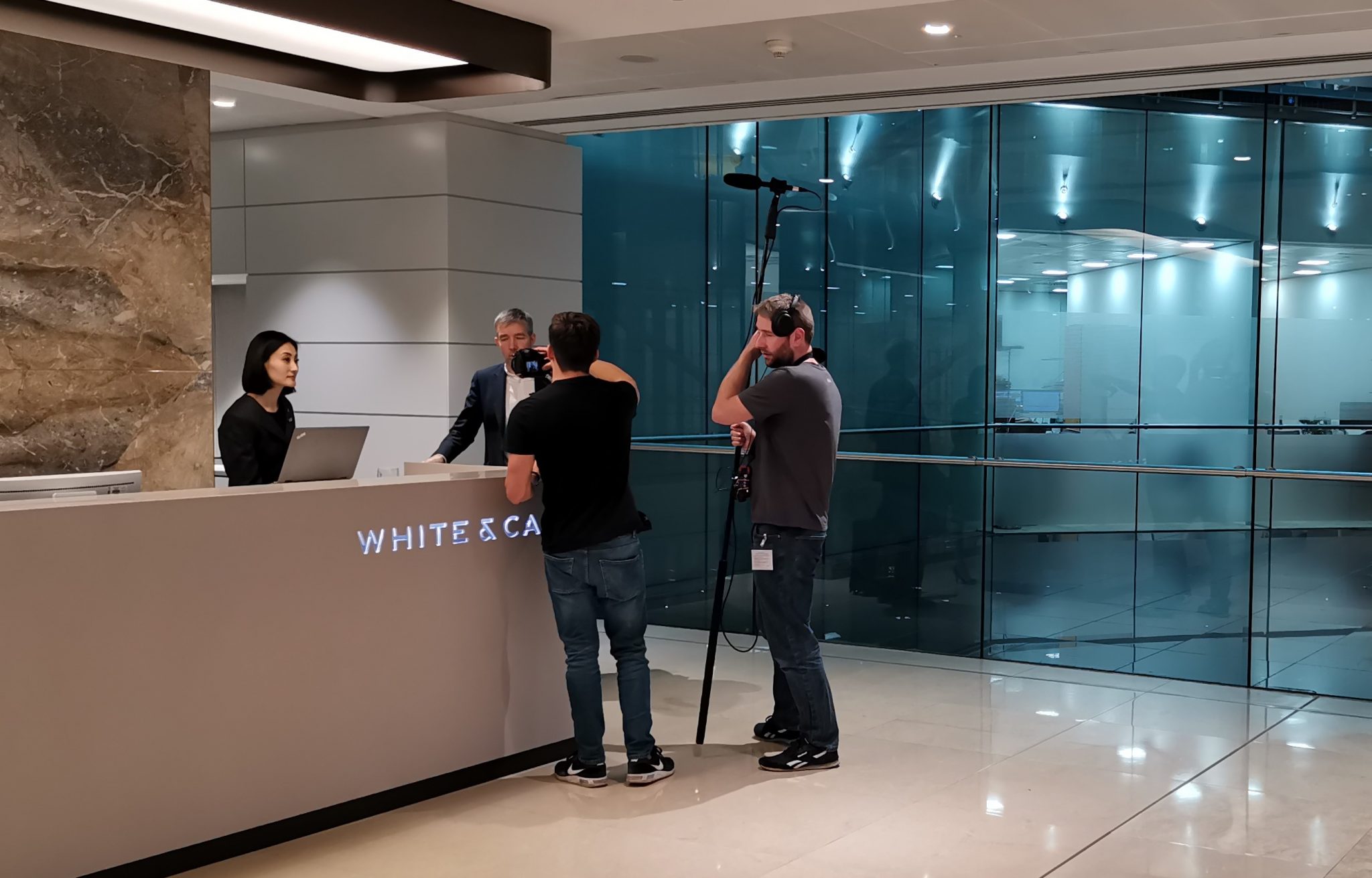
Creating compelling video training content: eight essentials for acted scenarios
By Carolyn Quainton in Emotional Intelligence, Filming, Inspiration, Training
When it comes to creating compelling video training content, we believe in the power of film. Acted scenarios are especially effective at bringing typical workplace interactions to life, whether that’s customer to employee, employee to employee, or manager to employee.
When you get it right, you can help develop a wide range of emotional intelligence skills, including empathy and self-awareness.
We’ve used this technique in many of our training programmes, and the response has been overwhelmingly positive:
“The professional video scenarios and actors felt like real reception staff and made this highly relatable.”
“Videos are amazing! Dissecting it from different perspectives was very useful.”
(Delegates from Leading World-Class Service at White & Case)
But it takes a lot of work to create believable (and non-cringeworthy) scenarios. That’s why we’re hell-bent on learning to do it brilliantly. We can only Make it Amazing if we reflect on our performance and ask everyone involved:
But creating believable (and non-cringeworthy) scenarios takes real work. That’s why we focus on learning to do it brilliantly. We can only Make it Amazing if we reflect on our performance and ask everyone involved:
What could we do better next time?
- We ask ourselves.
- We ask the client.
- We ask the film crew.
- We ask the actors.
Here are eight essentials we’ve learnt along the way:
1. Write a detailed casting notice
Include a clear character breakdown where possible. It’ll make casting the right actors much easier.
2. Hire quality actors
Avoid the cringe factor by working with experienced professionals who can deliver realistic, high-quality performances. We’re lucky to have a network of brilliant thespians who bring the customer and employee experience to life.
3. Work with a committed team
The phrase “It’s only a training video” drives us mad. If that’s the attitude, the final product won’t be taken seriously. Our Understood film crew and actors care deeply about what they do – and it shows. Today’s audiences expect more, so rise to meet that.
4. Keep it short and snappy
If your script is starting to resemble War and Peace, it’s time for some ruthless editing. Attention spans are short – a two- to three-minute scenario is often enough to deliver your message effectively.
5. Make dialogue sound natural
Don’t overwrite. Read the lines aloud. Do they sound like something someone would actually say? Work with a scriptwriter, share the draft with your actors, and get their input. You may need to tweak on the day, but aim to keep changes minimal, especially if time is tight.
6. Appoint one director
Nothing derails a video training shoot faster than too many people giving direction. It creates confusion, frustrates actors, and muddles your vision. Make sure all feedback goes through a single director.
7. Get your crew in first
The setup takes time, and it’ll influence how and where you shoot. While the crew sorts out lighting and framing, give your actors space for a read-through (without direction to start with – let them settle into the script). Then do a walk-through of the scene together.
8. Plan proper breaks
It’s easy to say, “Just one more take!” – but a hangry actor or frazzled director won’t be at their best. Build in regular breaks and stick to them.
Everything we’ve listed here, we’ve learnt by asking for feedback. It can be daunting to pose the question “What could we do better next time?” – but if you don’t ask, you don’t learn.
Got any tips of your own for developing acted scenarios for video training content? We’d love to hear them.
Talk to us, explore our website, read our blog, and follow us on LinkedIn to learn more and discover ways to grow a more successful business.



